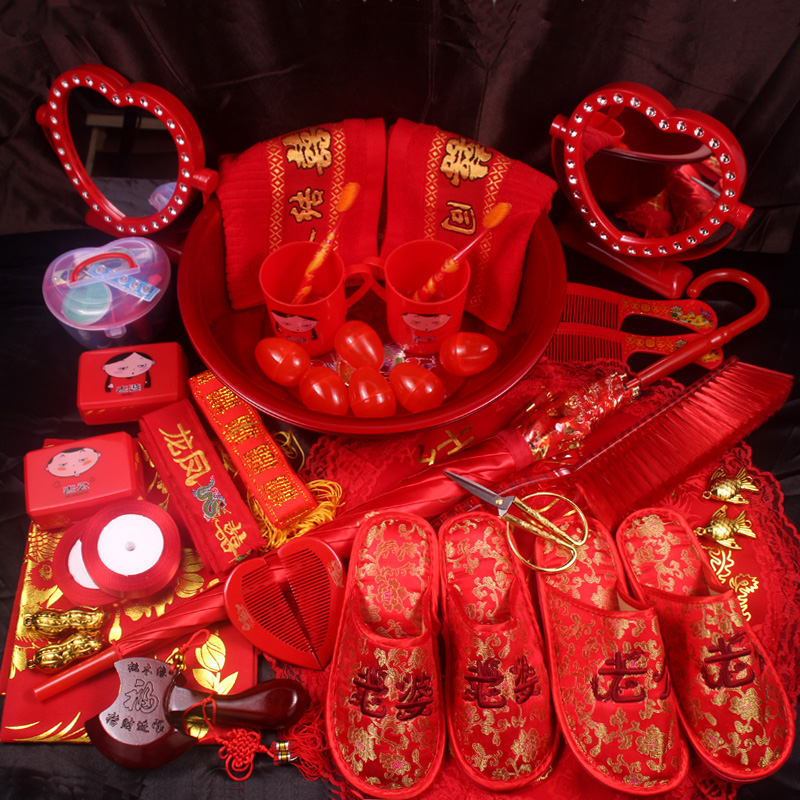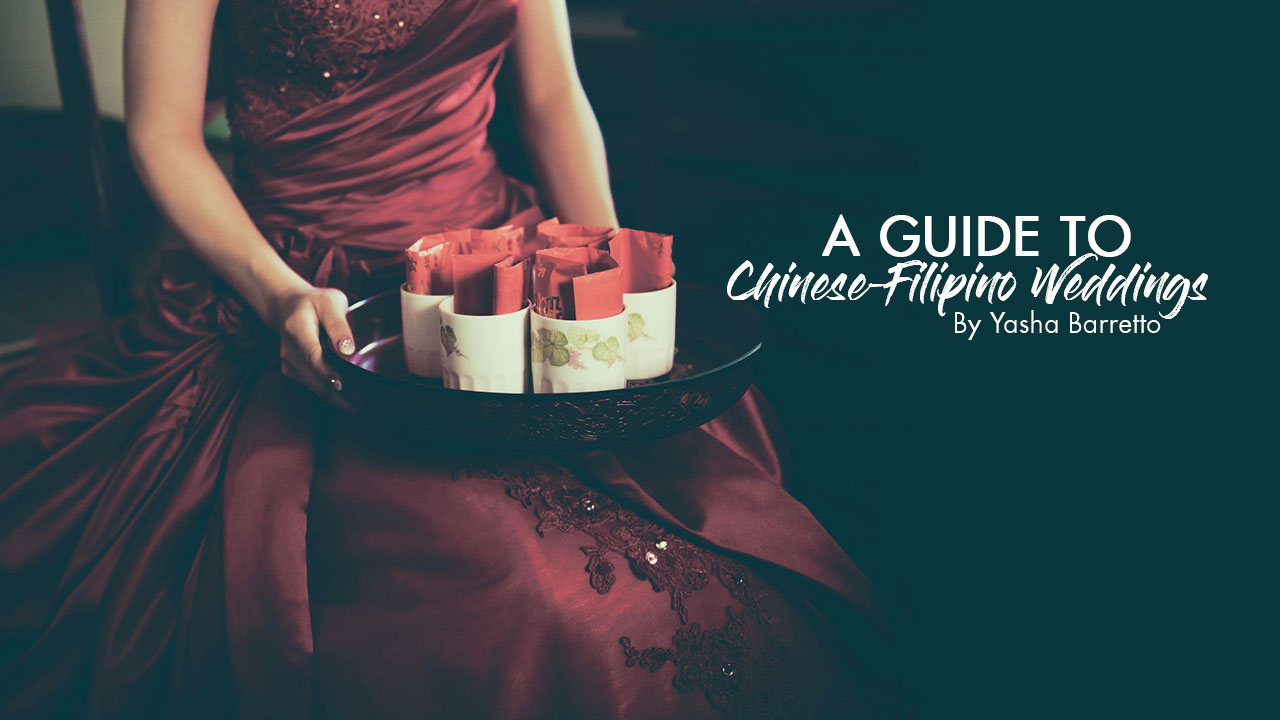
As far as occasions go, weddings take the cake for being the most idyllic, romantic, and fun events one can attend. Committing to love someone for better or for worse forever in front of your loved ones, or witnessing two people do so, is always a momentous milestone. Every culture has its own quirks and traditions when it comes to this romantic ritual. While most Filipino weddings are patterned after Western traditions, the Chinese-Filipinos practice a very special set of wedding traditions. Here are some fun facts about what makes Chinoy weddings unique and interesting:
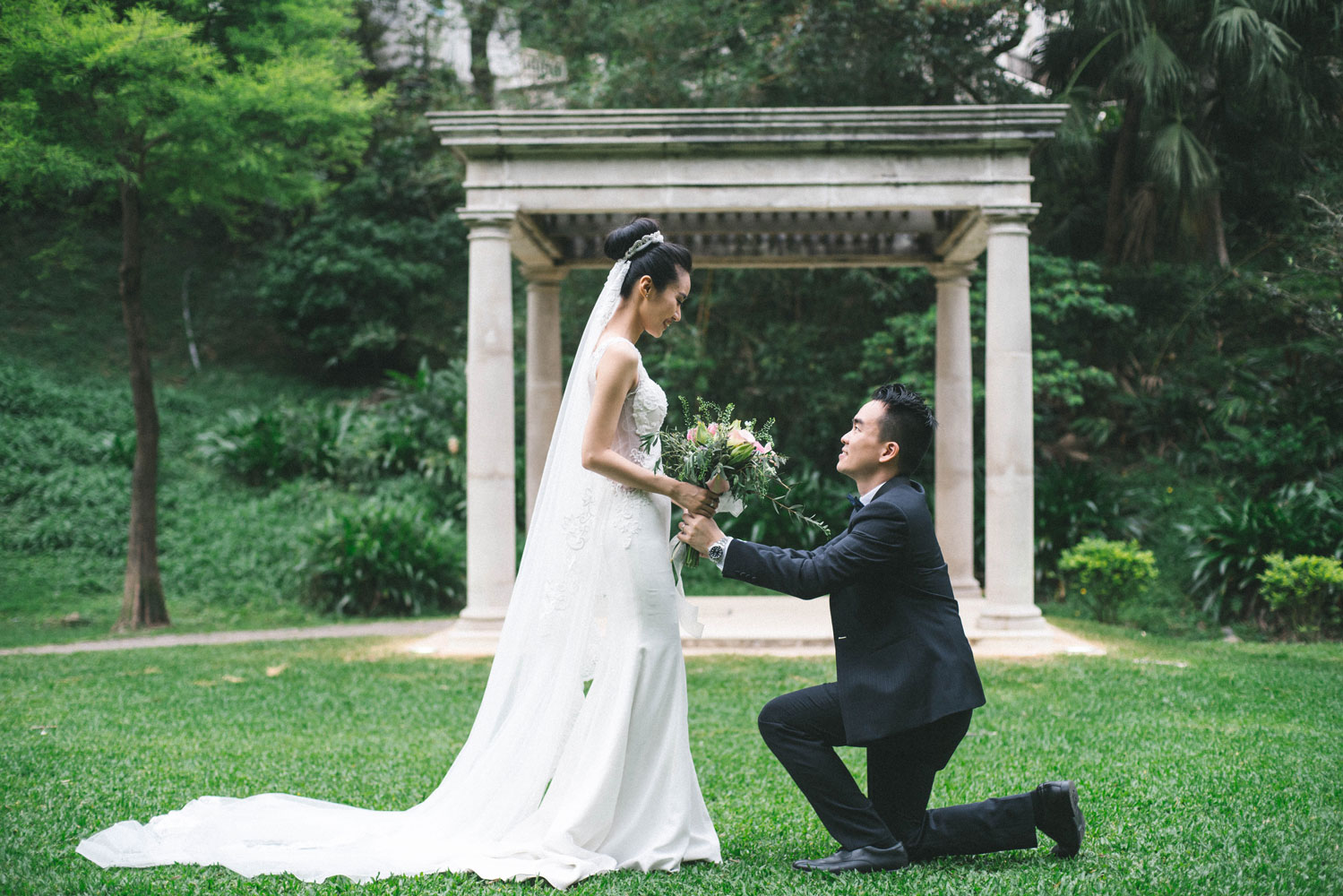
A tinghun is the lavish engagement ceremony held months prior to the actual wedding where the groom formally asks for the bride’s hand in the presence of the parents and grandparents. This is to show respect to the elders, and also the venue where the bride’s and groom’s families exchange extravagant gifts. These gifts can be expensive watches, jewelry, fruits, hopia, Ang Pao (money gifts), etc. The relatives of the couple are also present. When the ceremony begins, the bride enters the ceremonial room walking backwards and then turned clockwise thrice by her escort before she faces the groom. The Gift Giving ceremony follows, after which a feast commences.
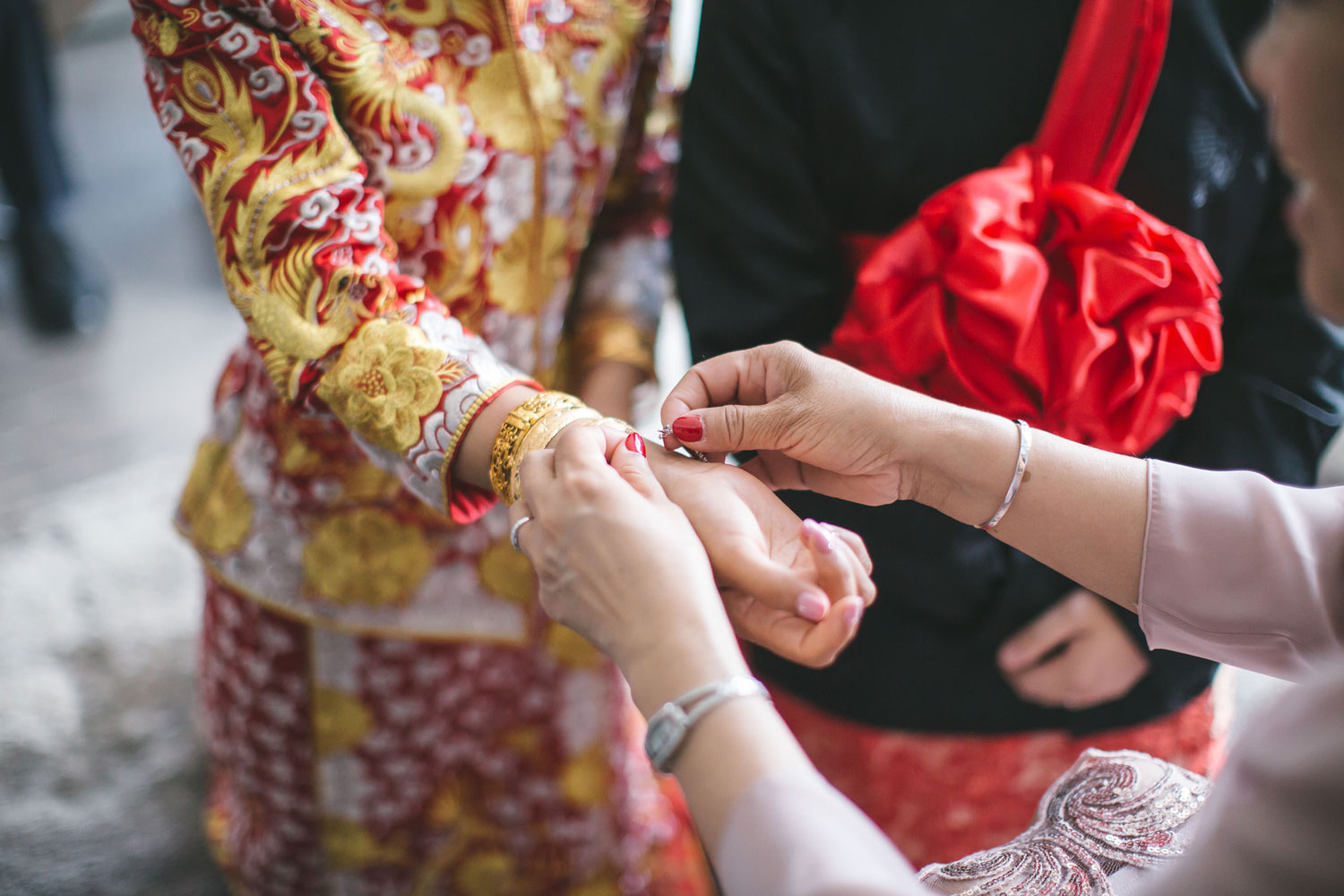
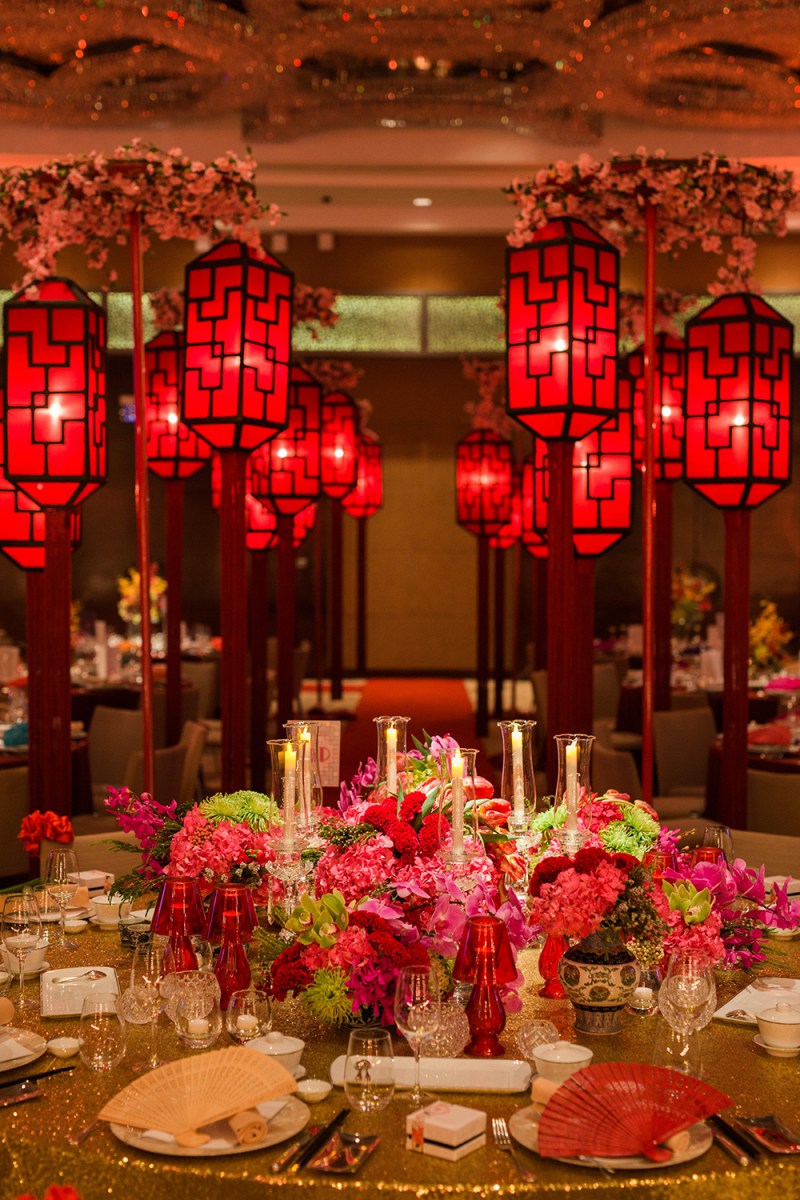
During the wedding itself, black is a no-no because it is associated with negativity. White is also discouraged because it is usually worn during funerals. Red is the color of choice for decor and attire during the engagement ceremony as it symbolizes success, fertility, and love, amongst others. Any other color scheme is good for the actual wedding ceremony and reception, as far as attire goes.
A Chinese Astrologer usually determines the best dates for the wedding and pre-wedding activities based on the bride and groom’s birthdates. Their zodiac signs and Feng Shui data come into play to determine the date and even hour of the wedding.
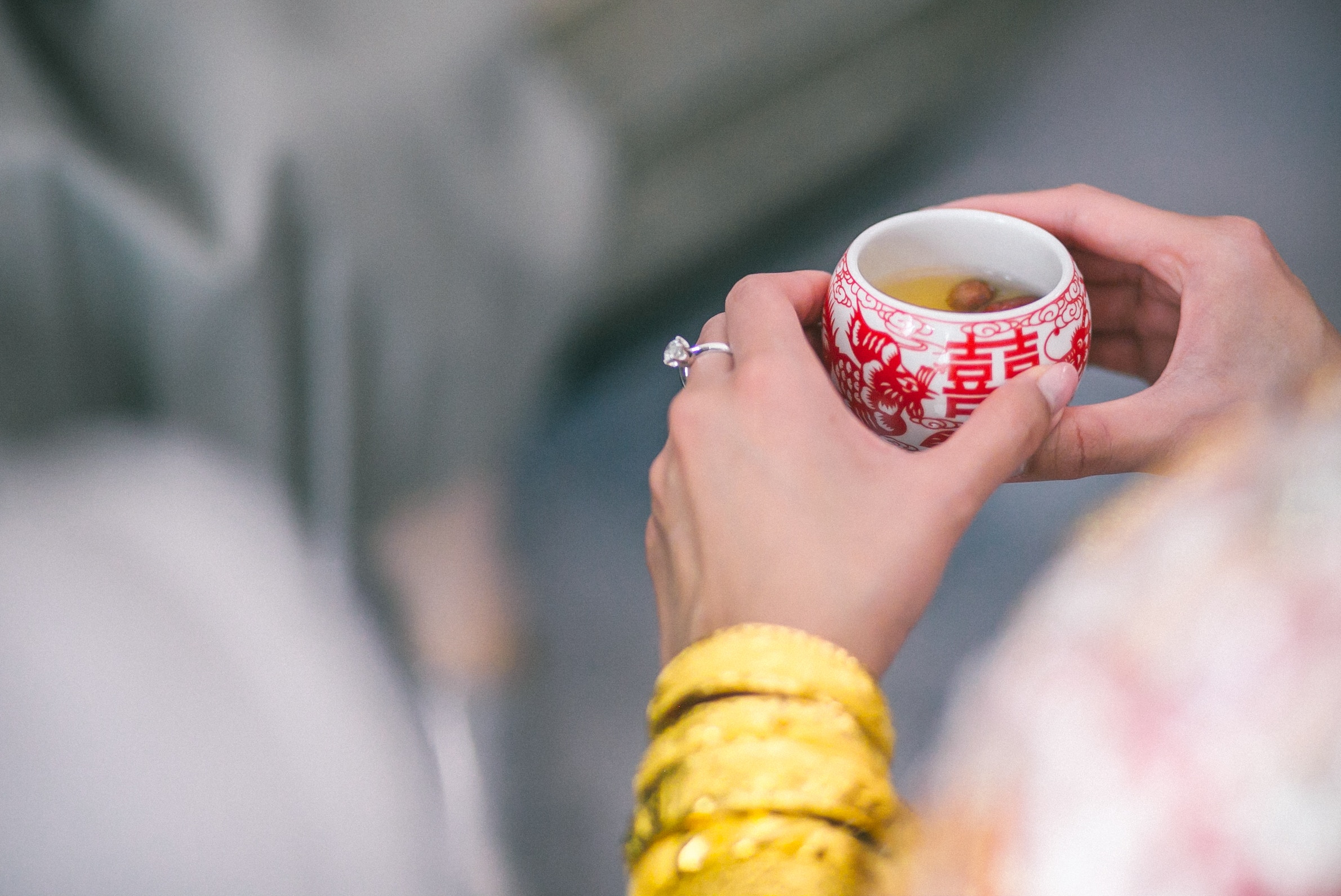
4. As far as hair and makeup are concerned, anything goes.
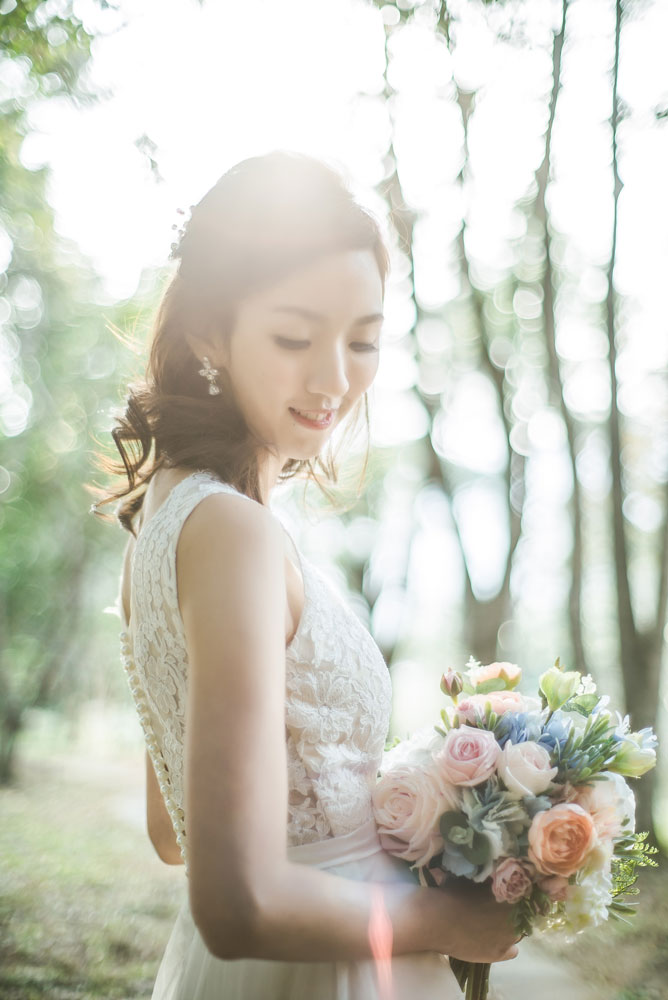
Modern Chinese-Filipino weddings usually allow the bride, the entourage, and guests freedom to choose the hairstyles and makeup looks they like. For more ideas, check out Top 3 Bridal Makeup and Bridal Hairstyle 101.
While the groom’s family usually takes care of the expenses for the wedding itself, the bride and her family prepares a dowry, typically consisting of furnishings, household items, and appliances for the newlyweds’ future home.
